1990 Honda CRX Si - Restored, Radical and Ready
$15,000 ︎150k
12/2020








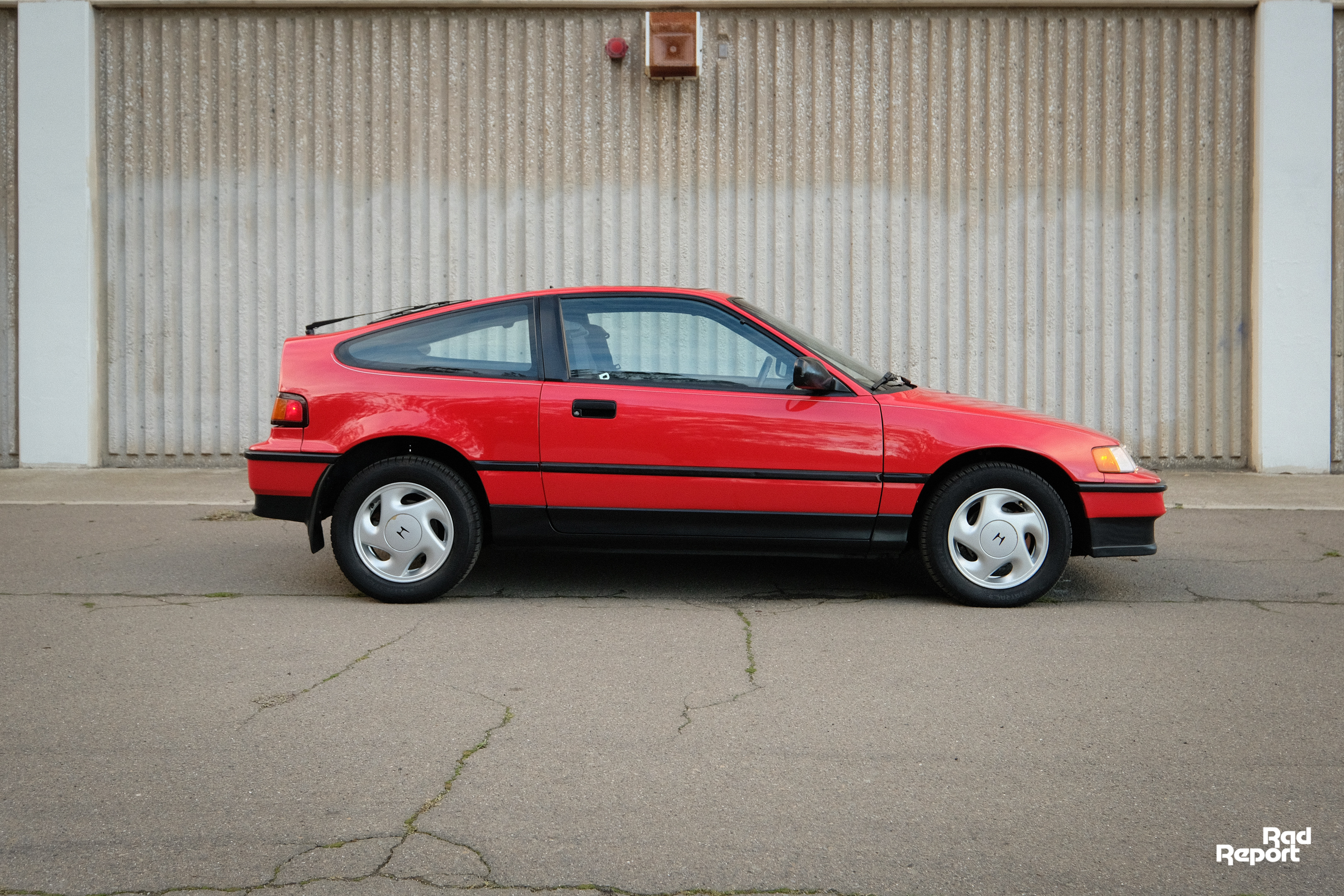
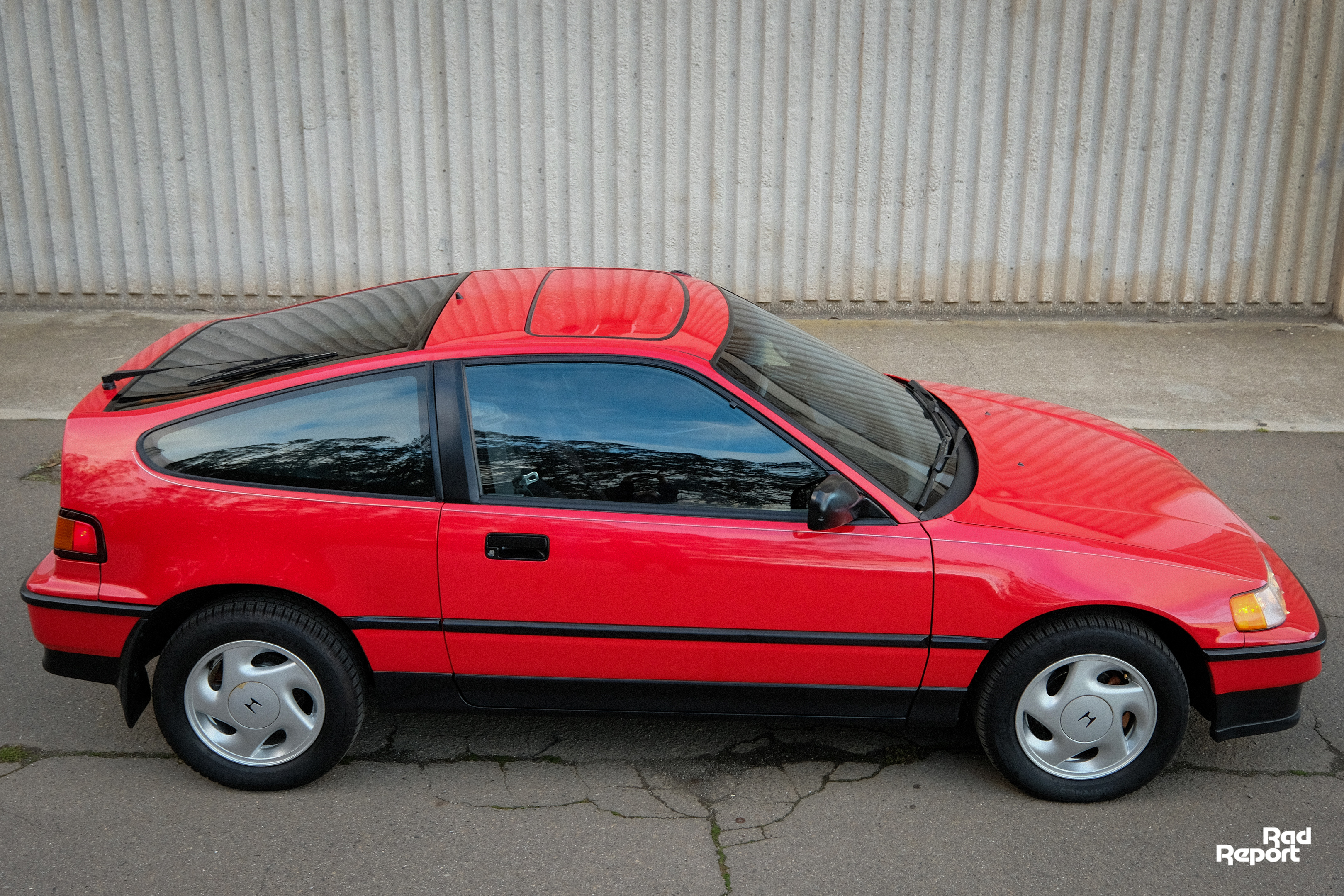

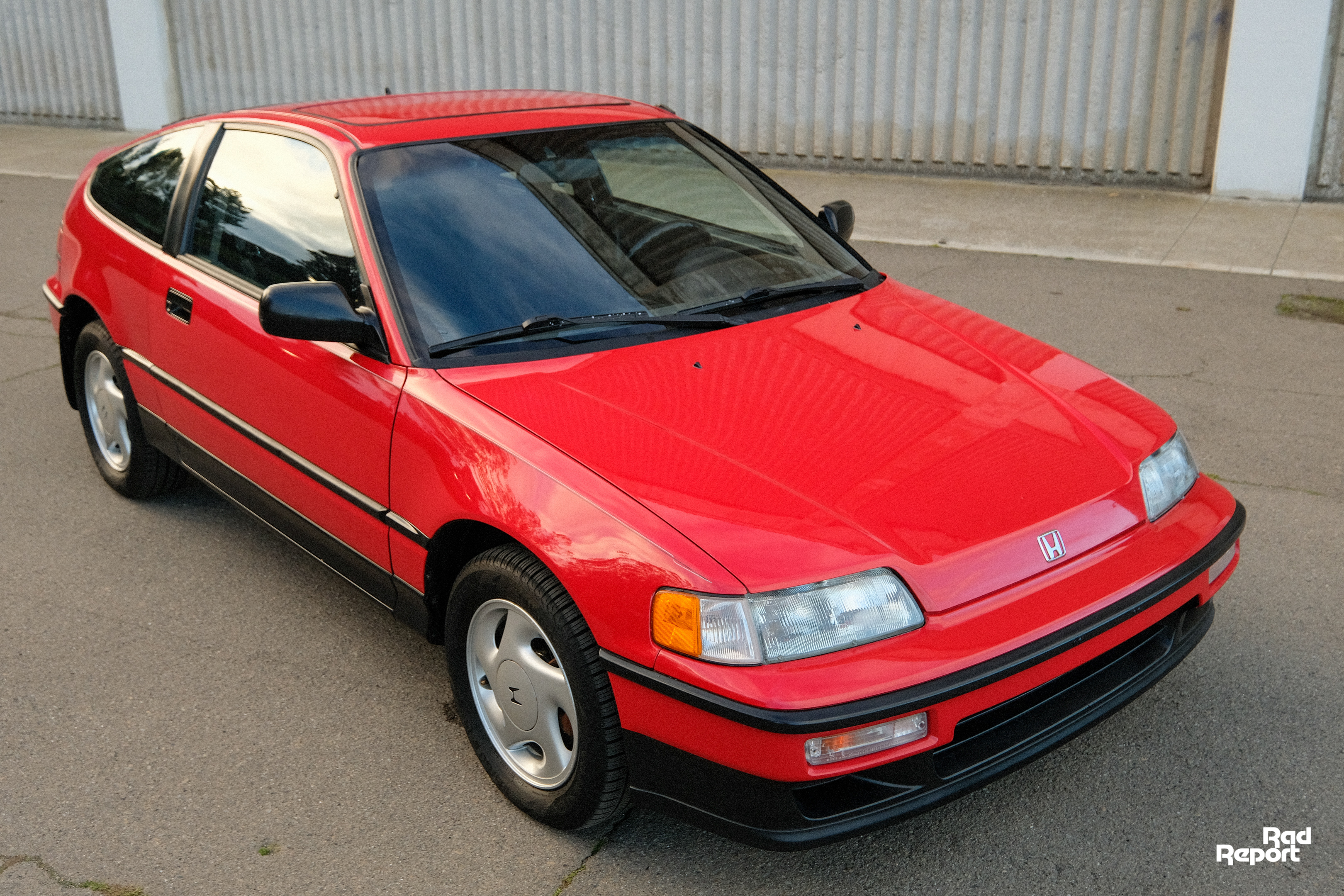



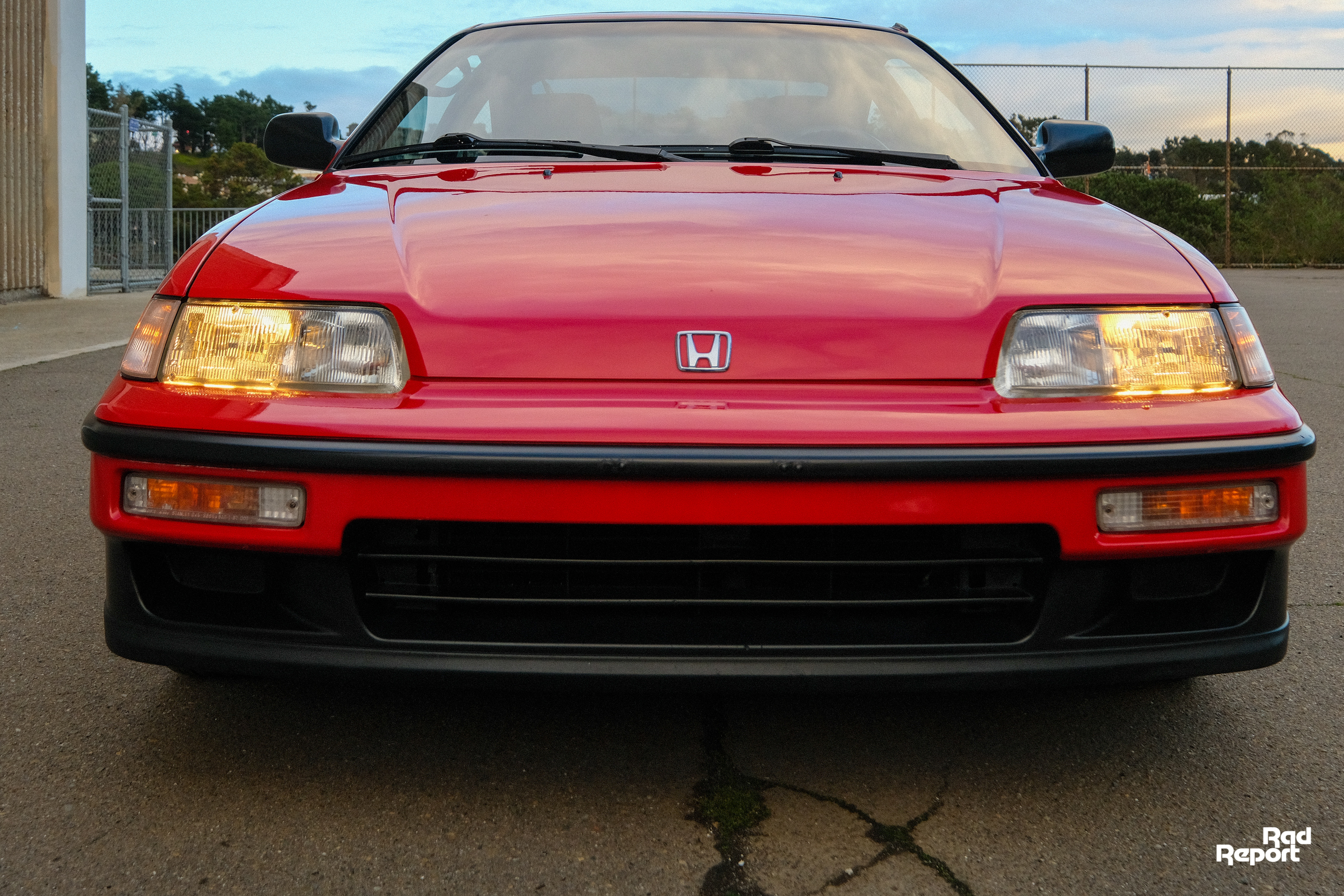
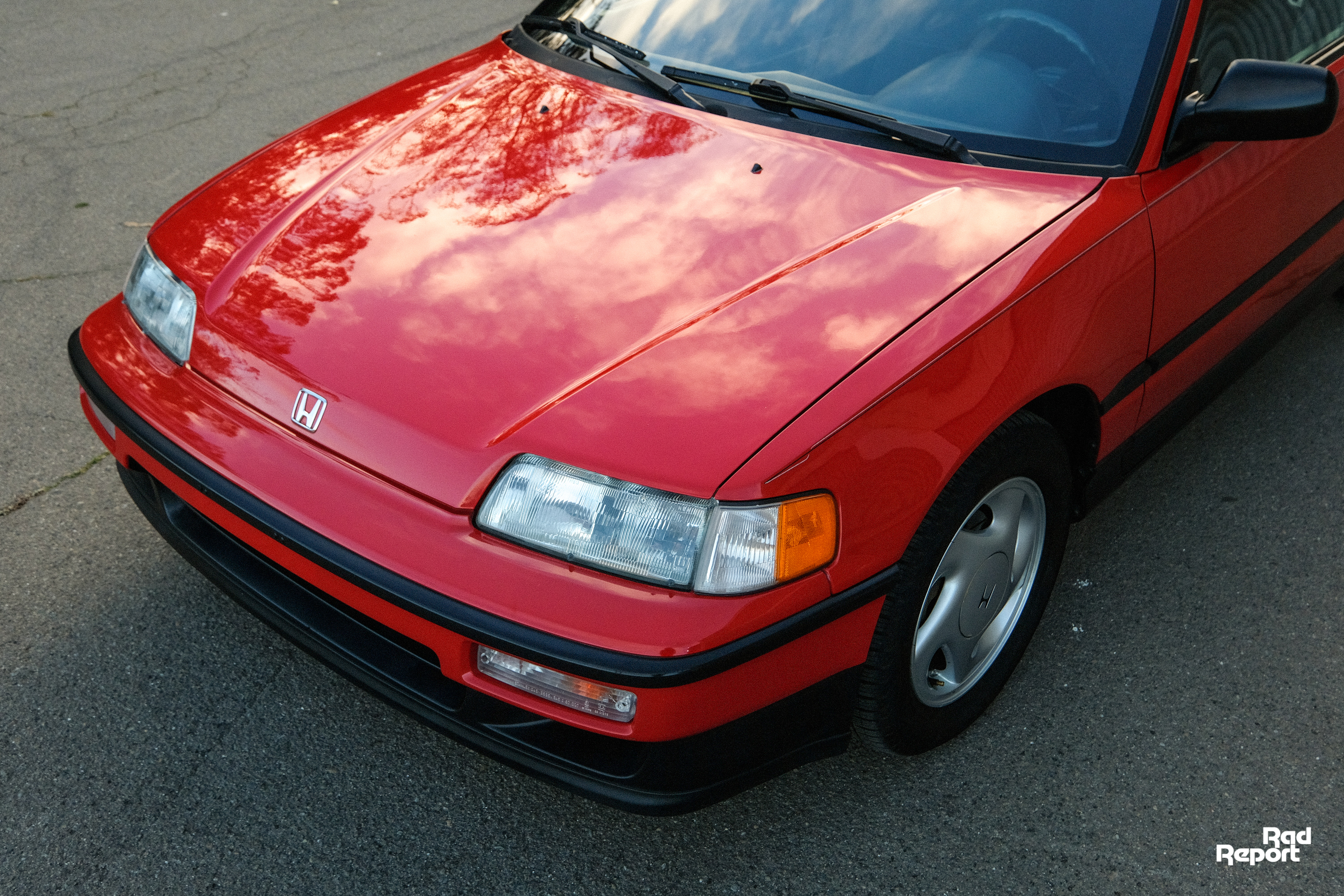
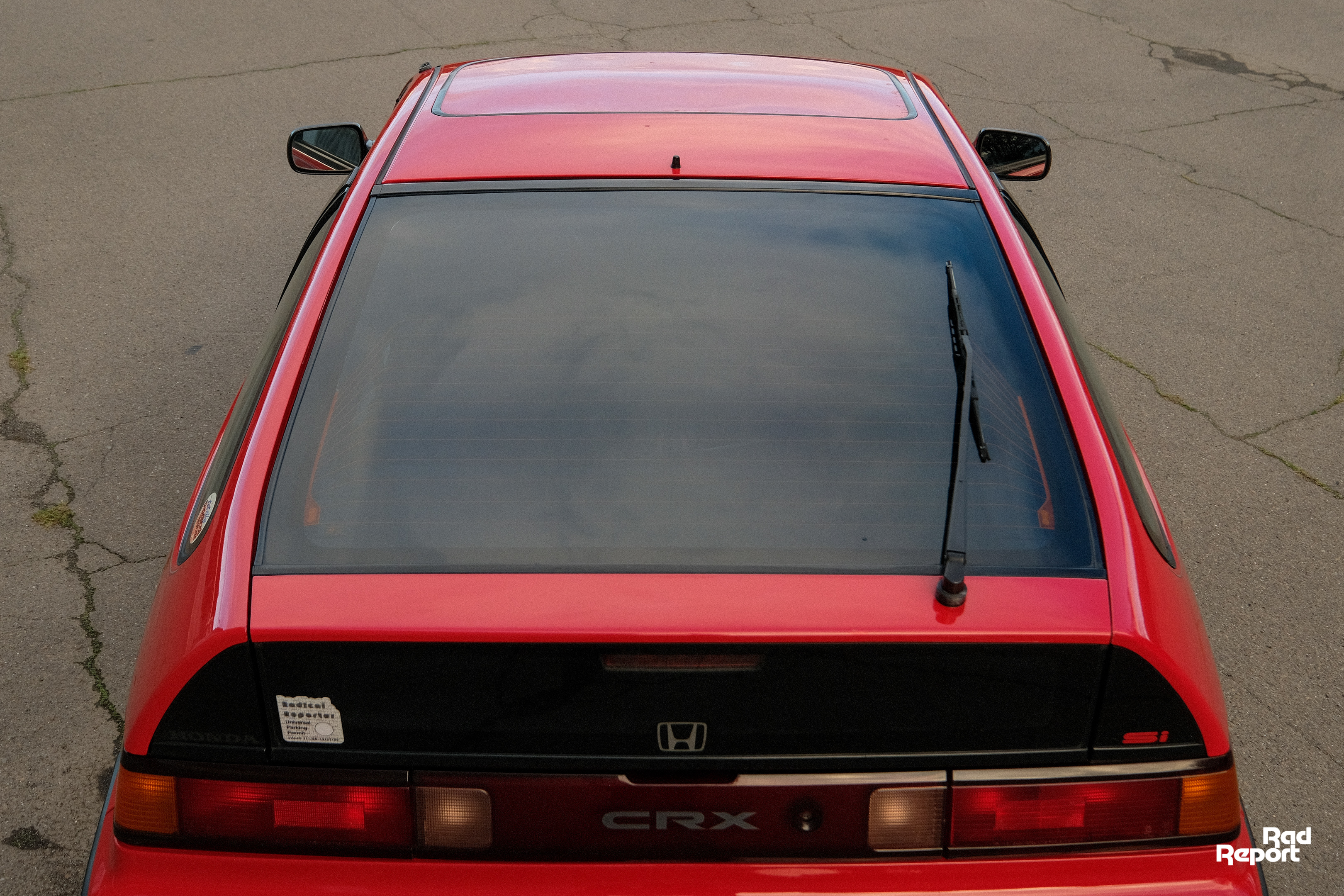


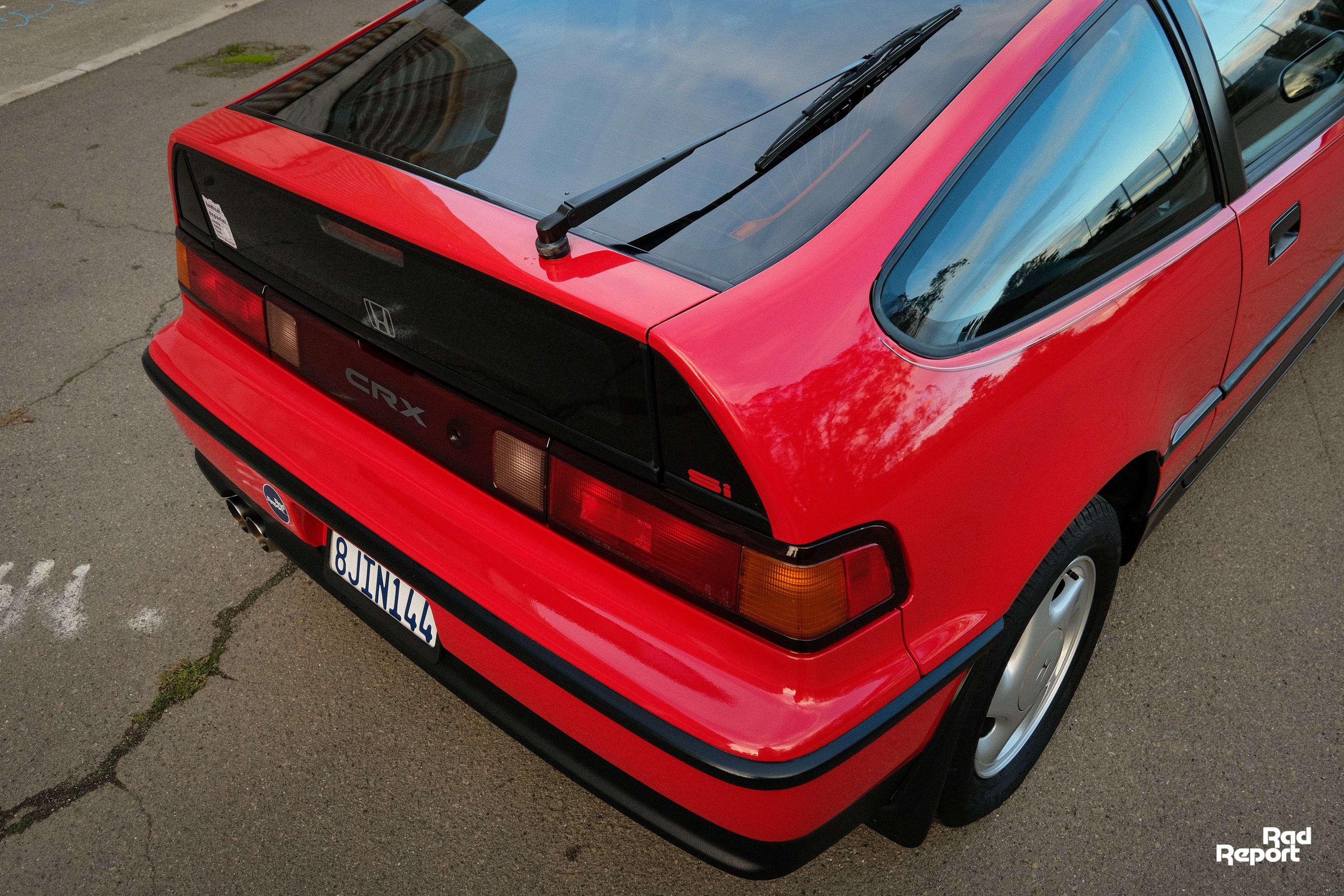

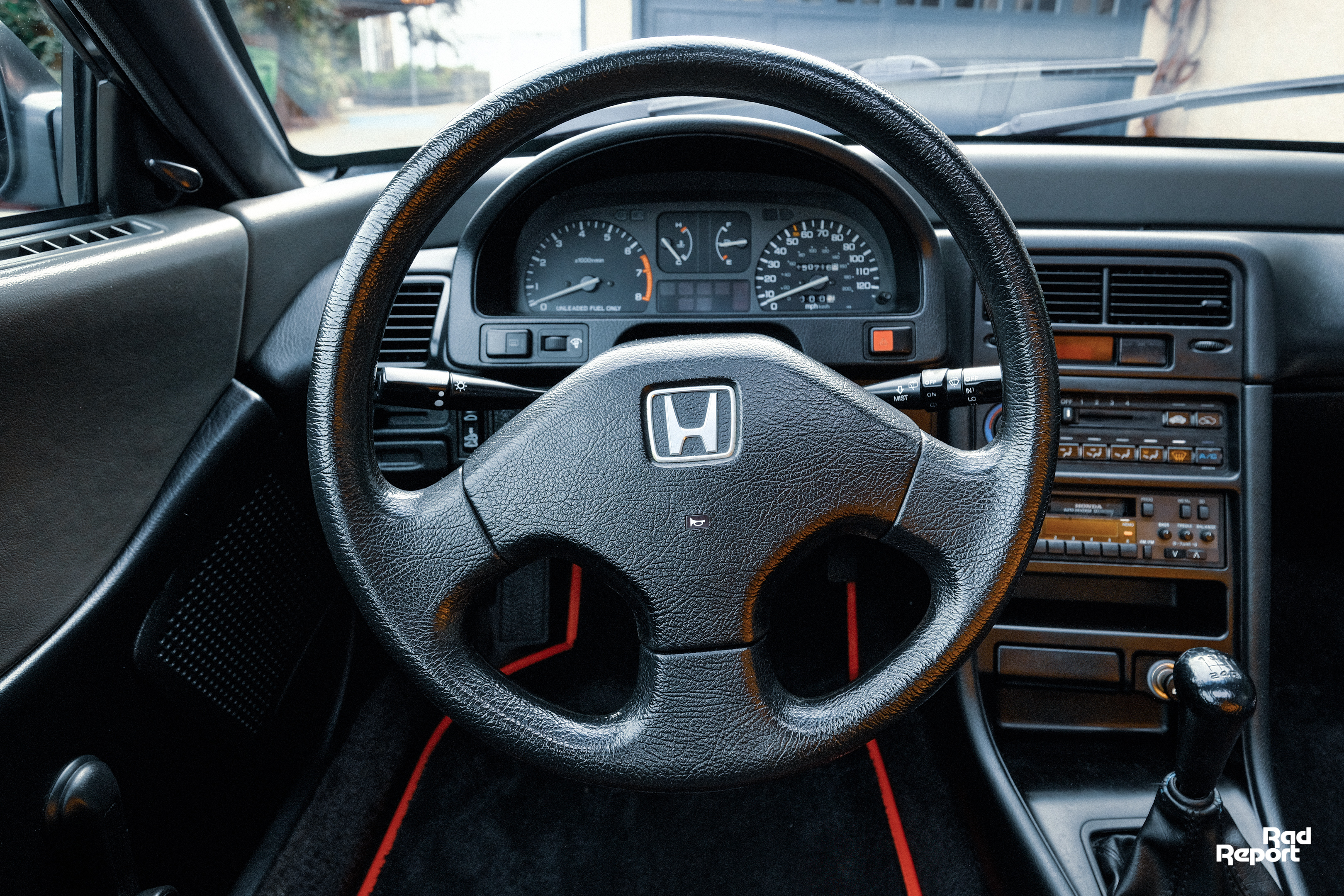






















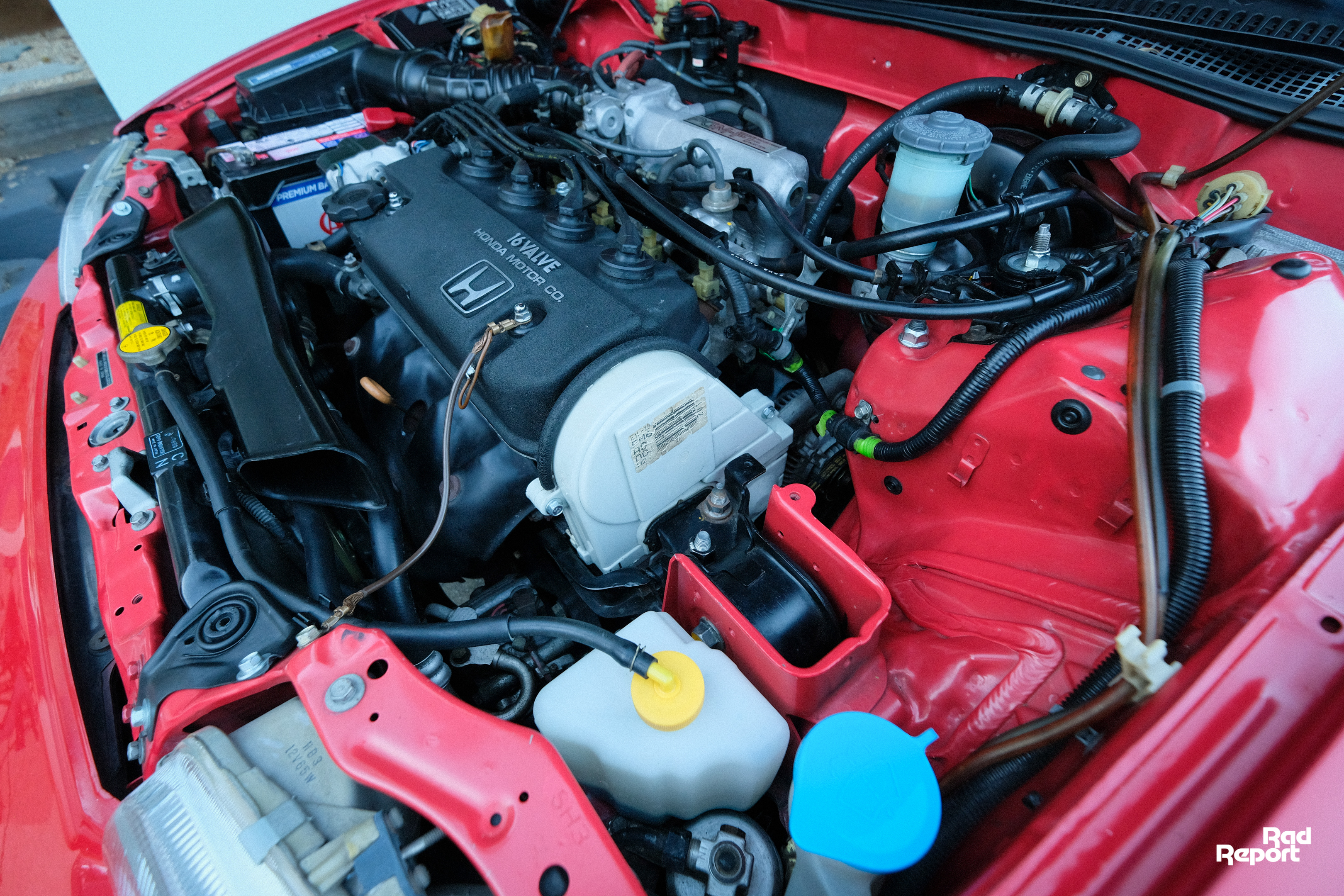


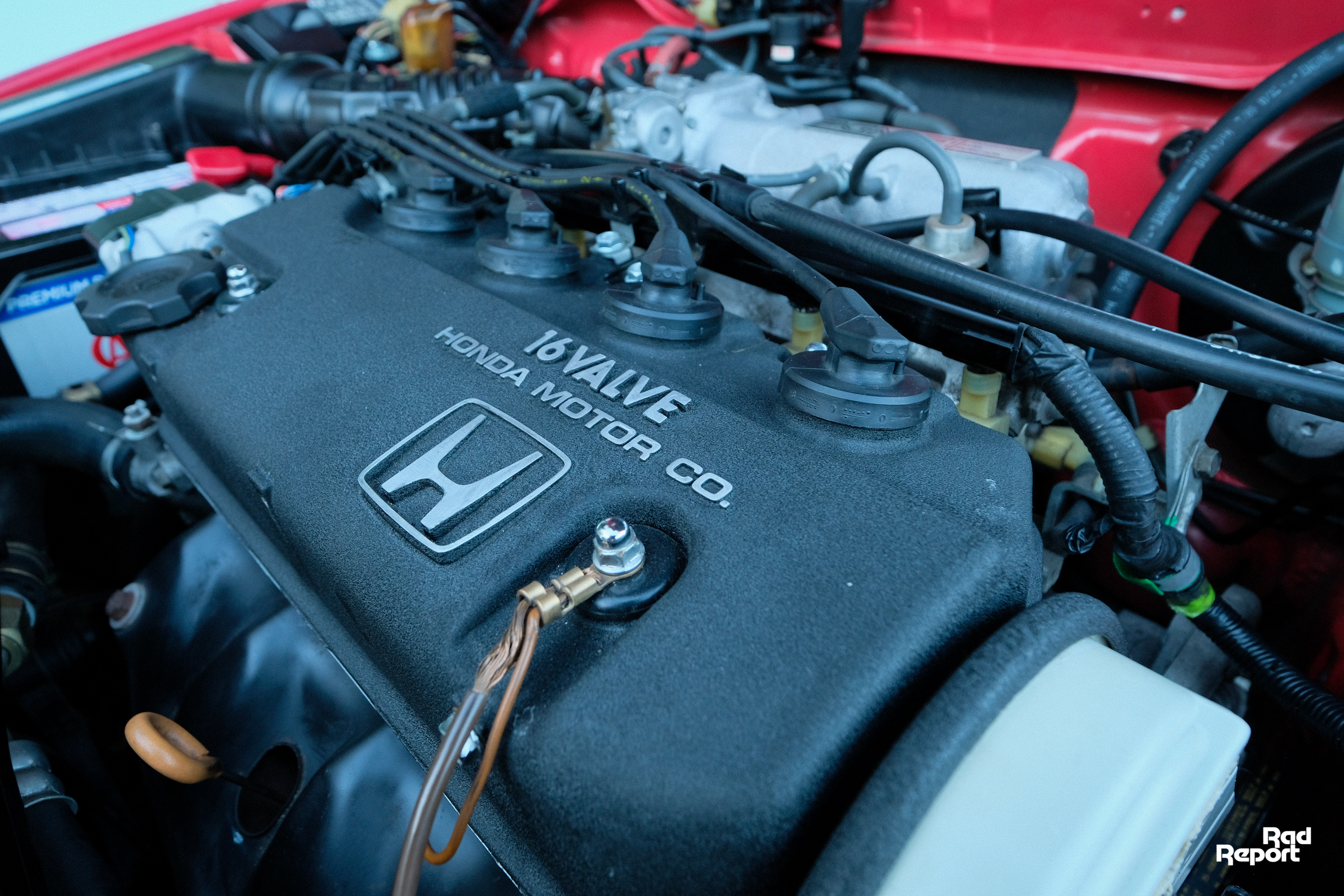
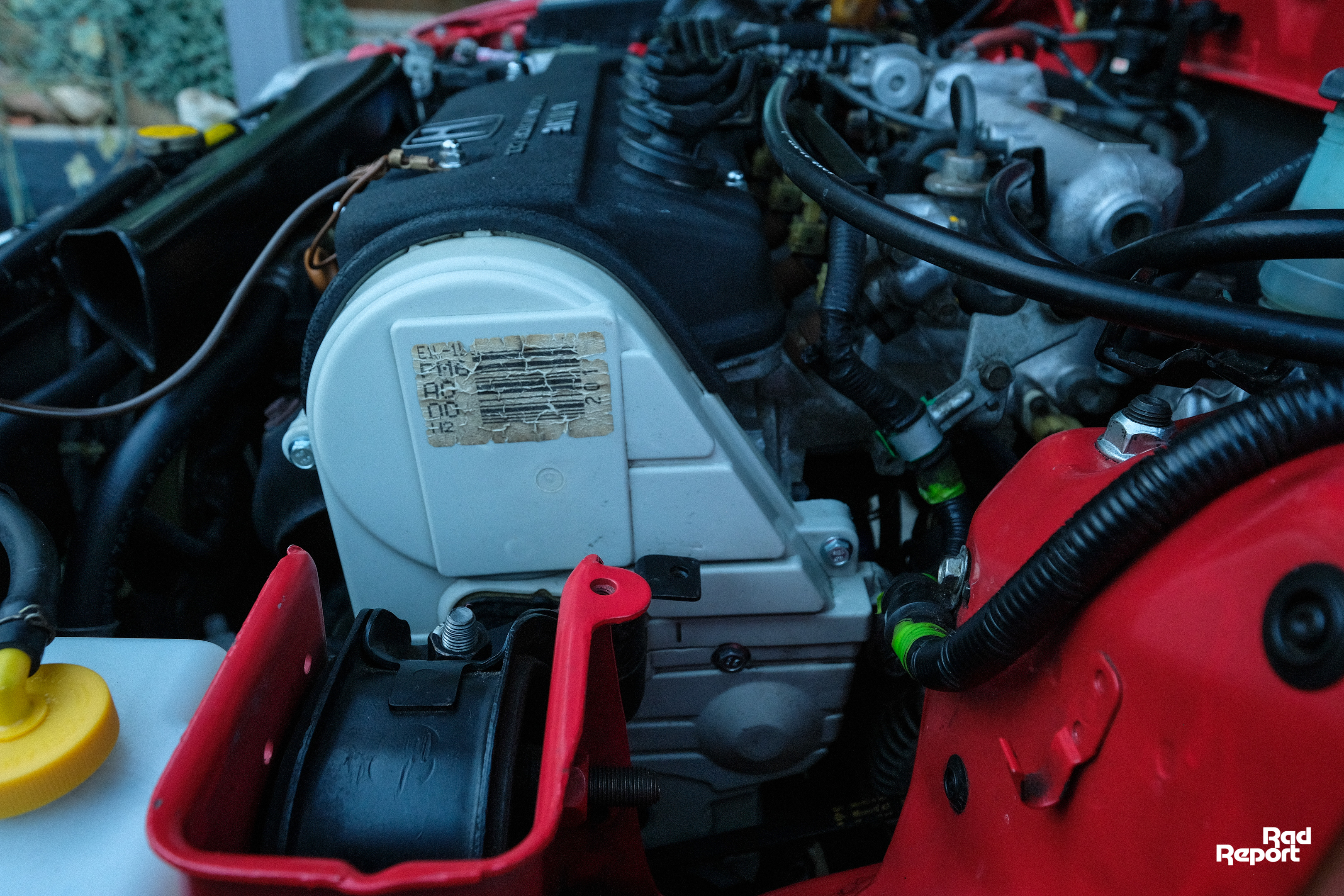
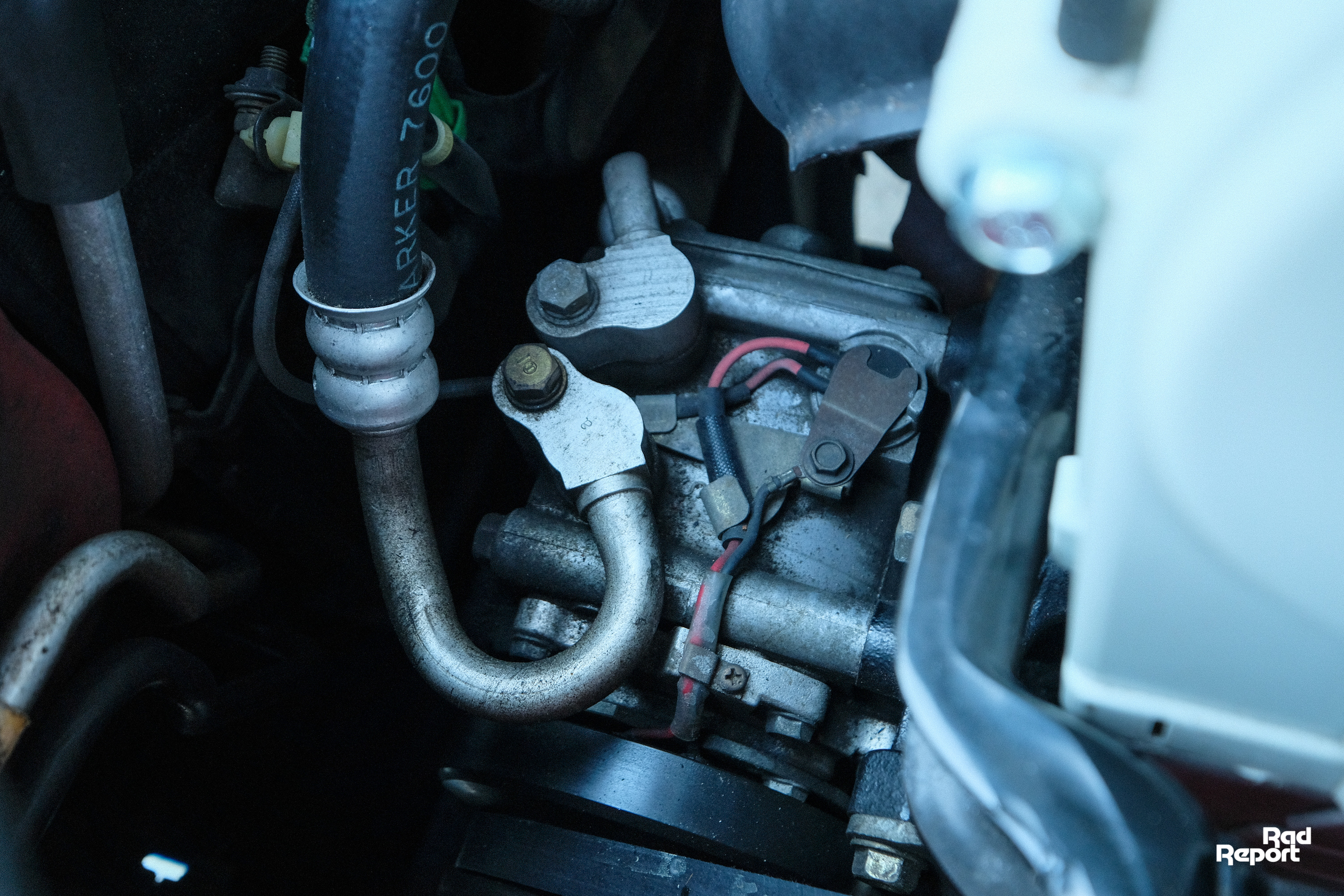


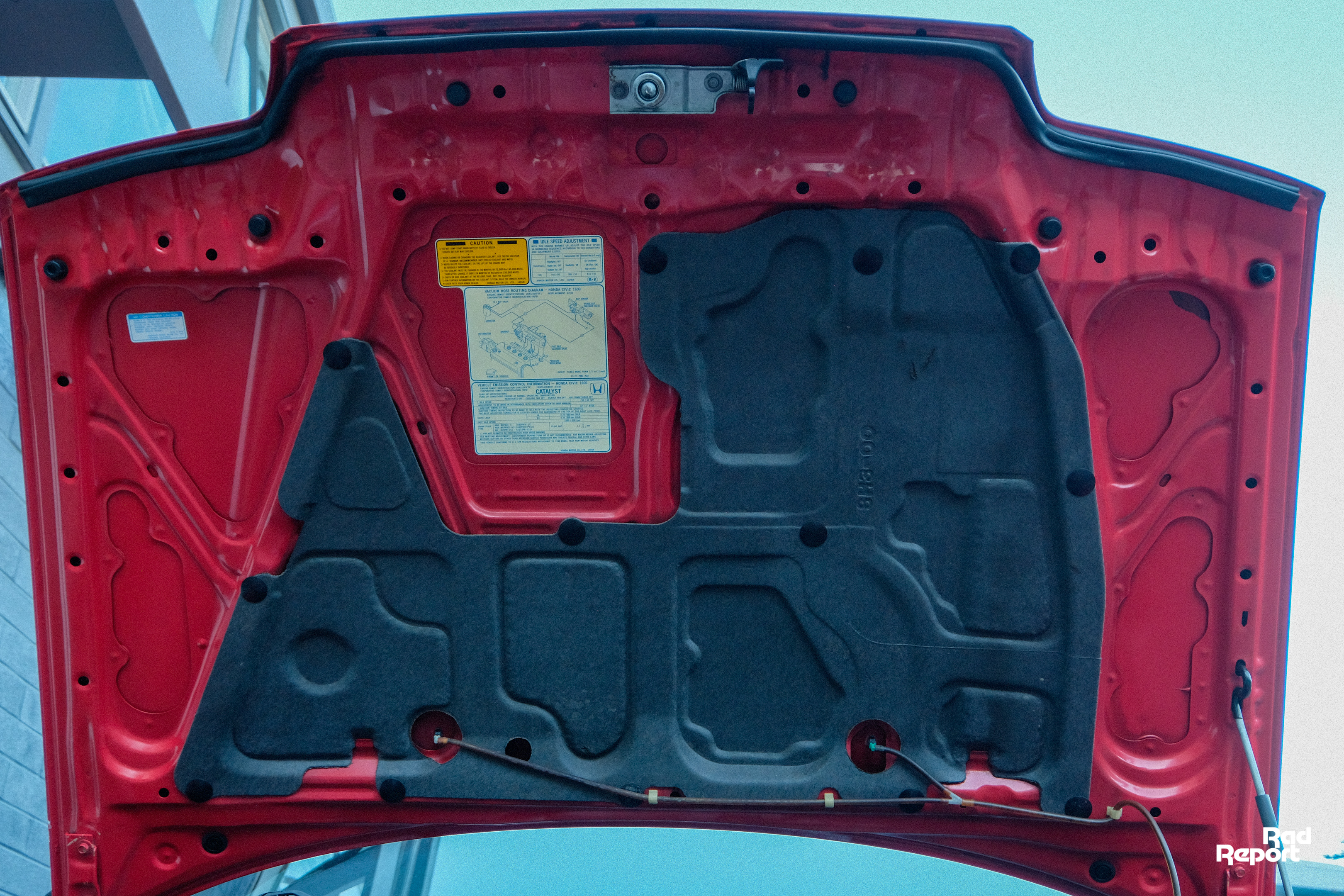
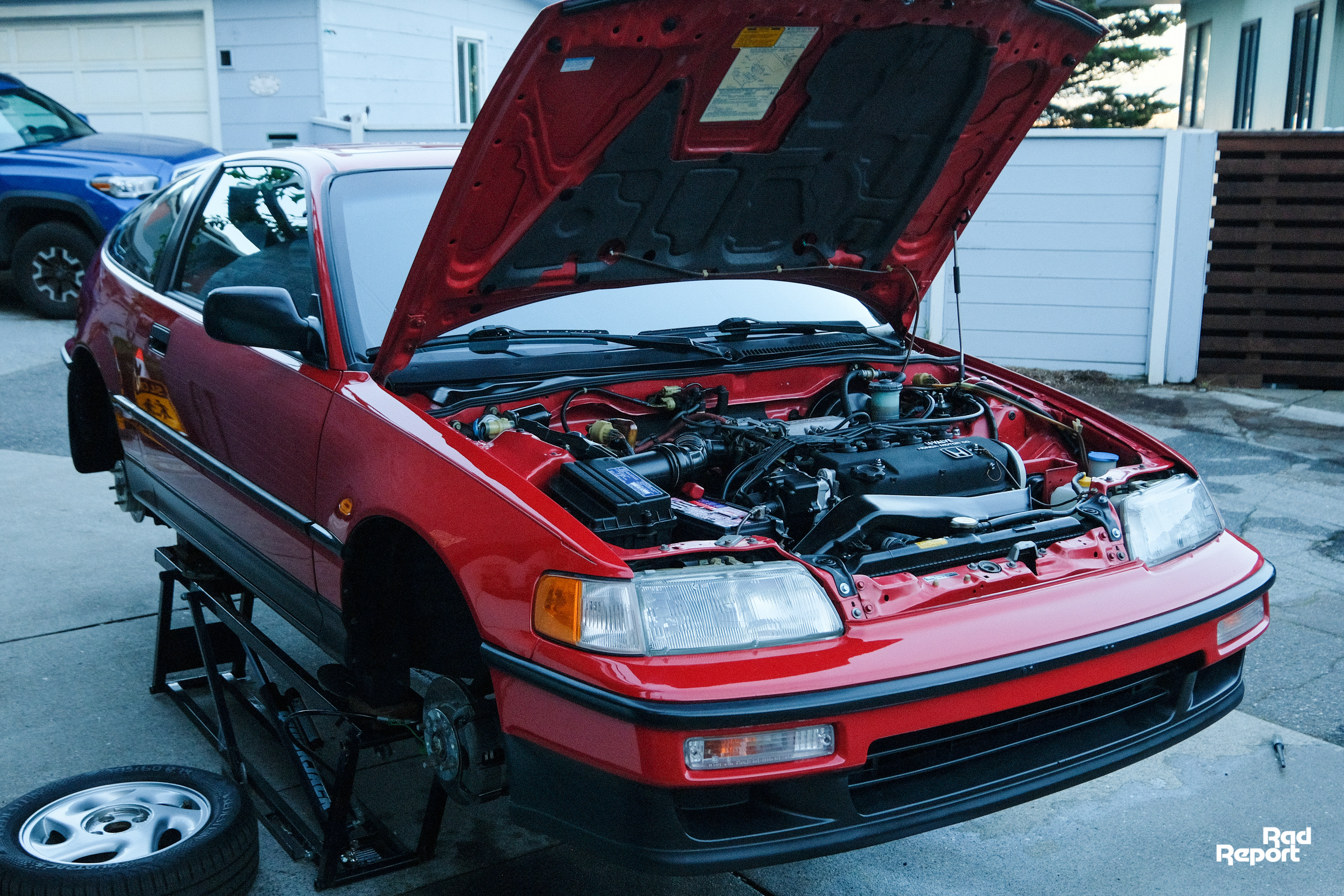
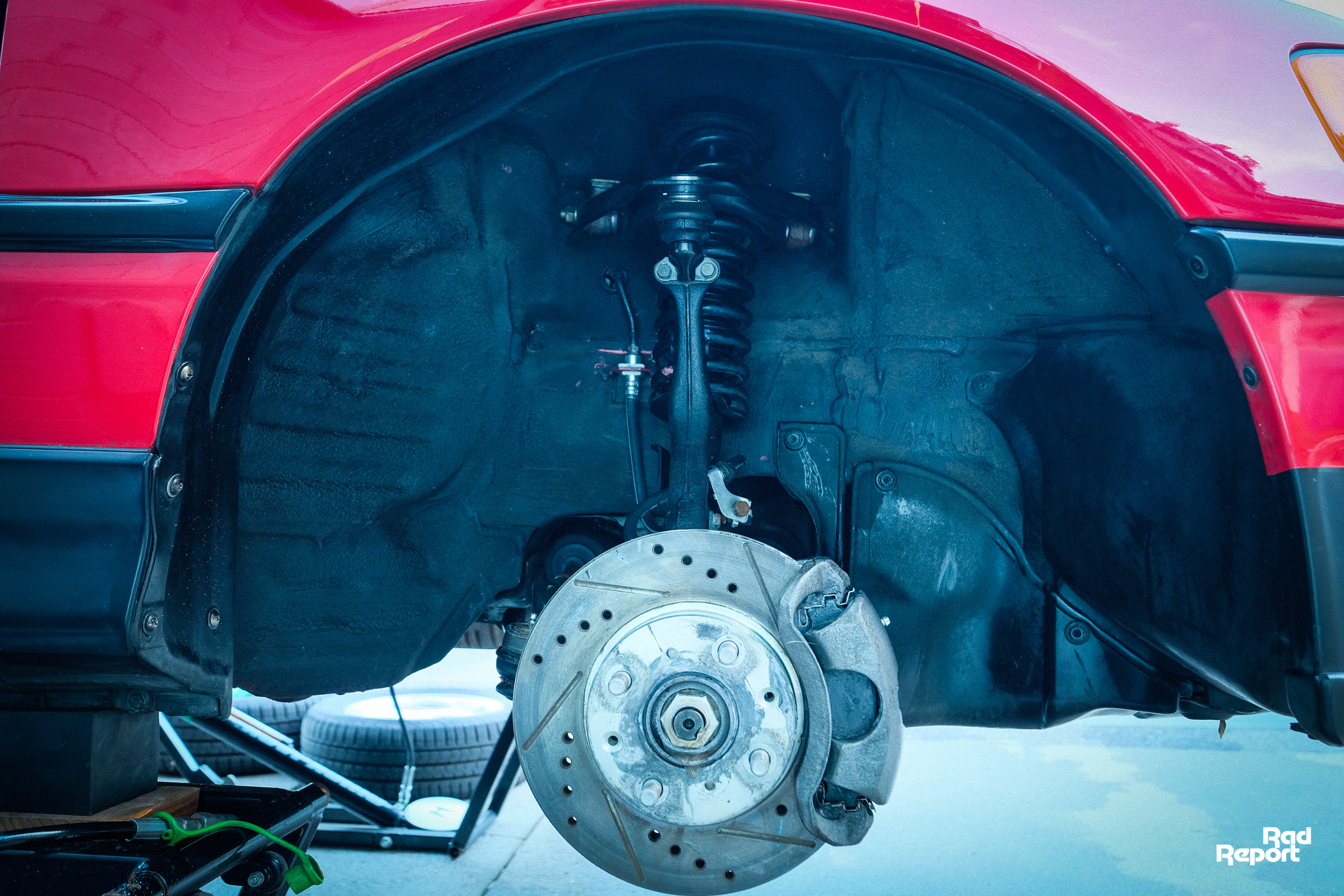

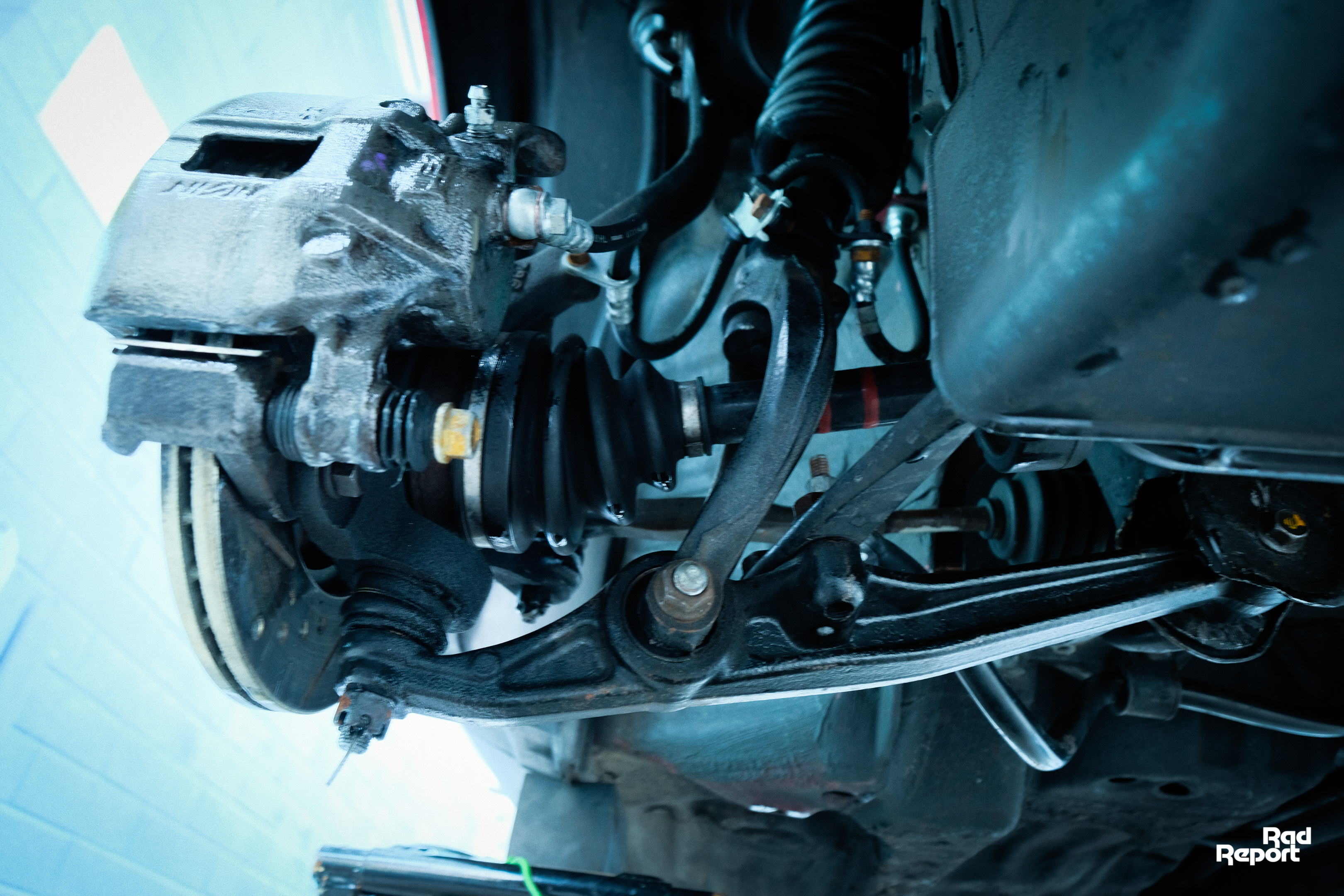

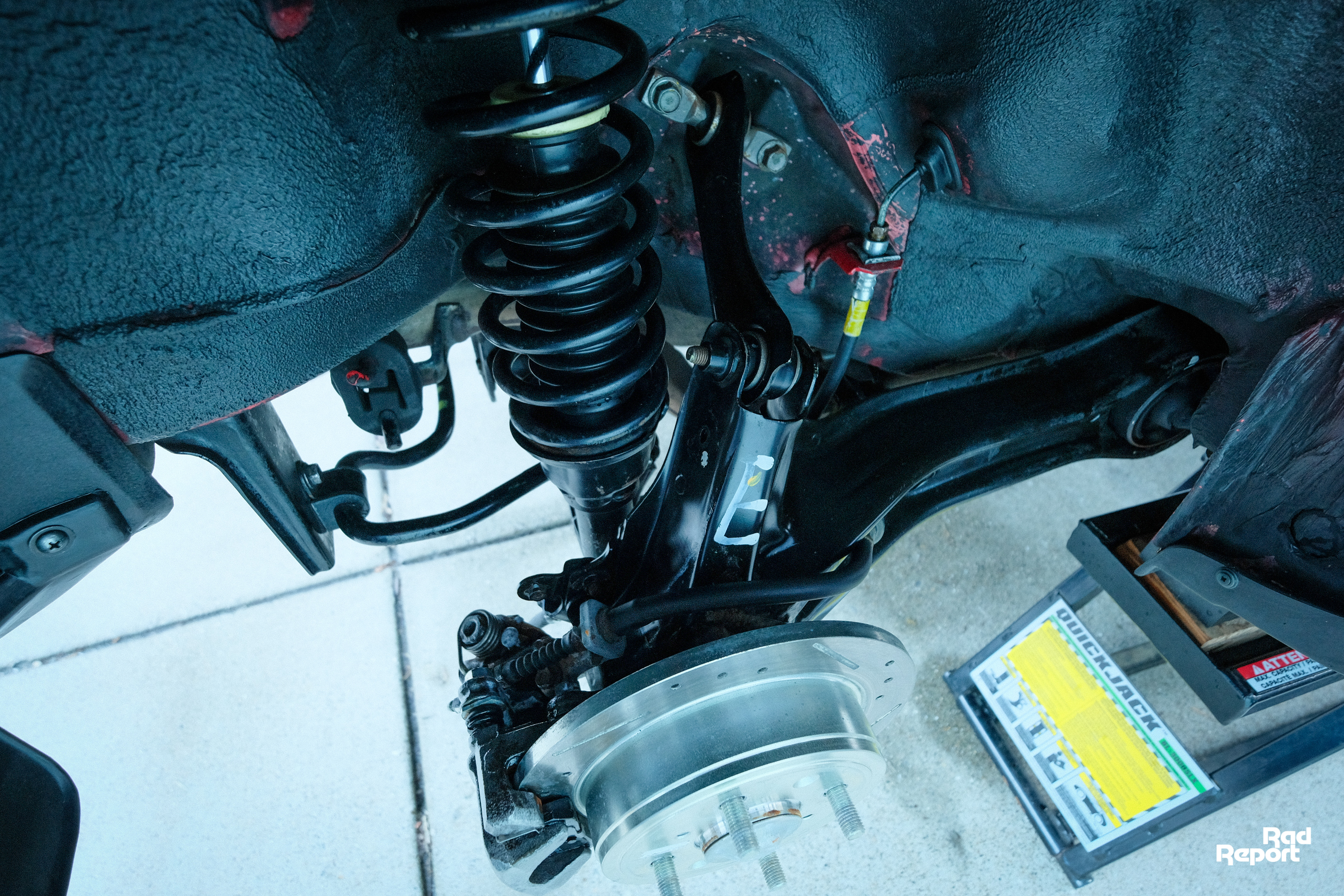
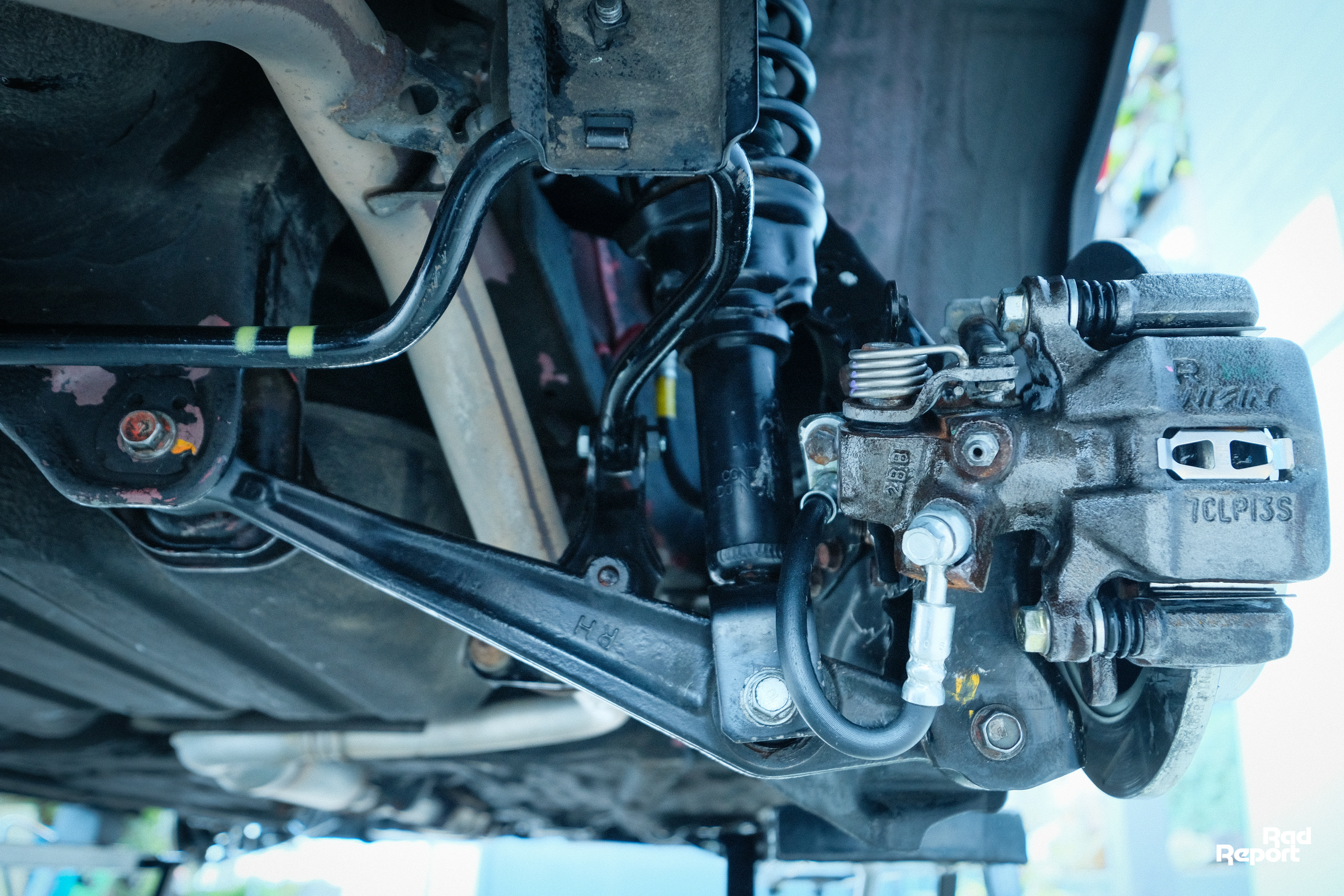



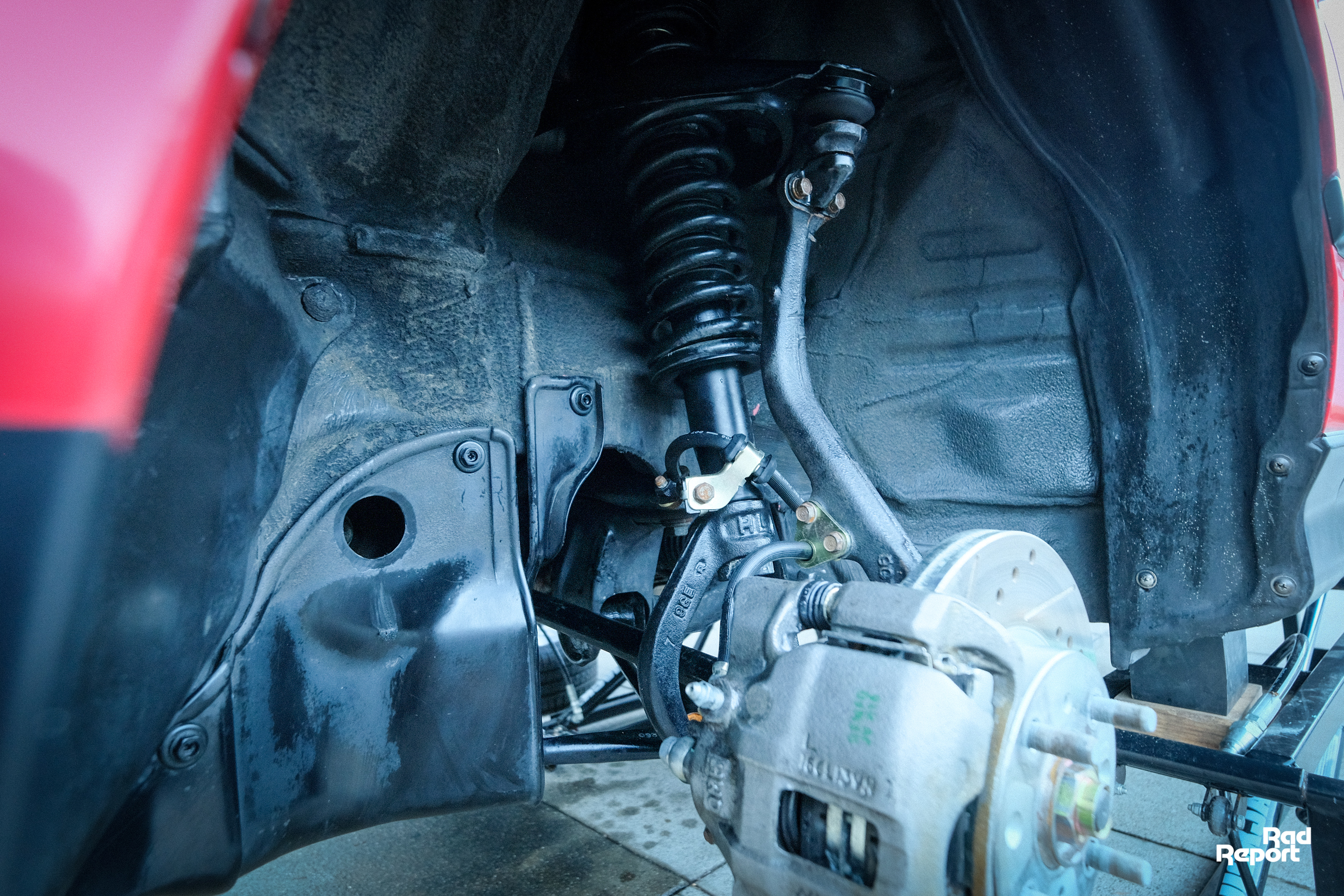

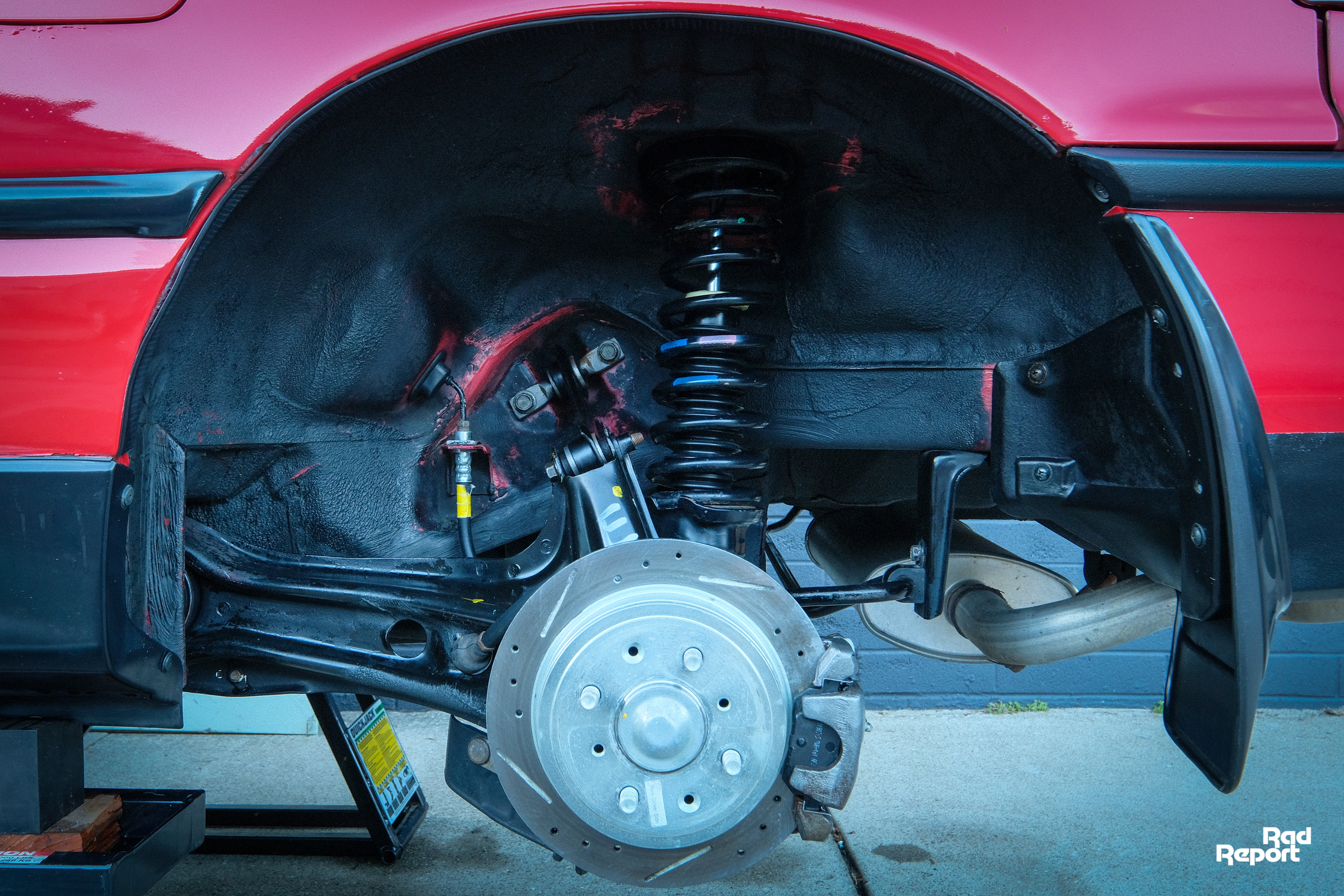
Context
Driving is coming to an end. It's inevitable, probably not happening as soon as the world's second-least-helpful twitterer says it is, but it will happen. This period we are in now is perhaps the least enjoyable time for driving in the last century. When a car can almost pilot itself, it gives the driver a sense of false security and real distraction. Driving becomes akin to eating popcorn while watching Succession. You'll only remember you’re doing it when you start choking.
Inherent in this move toward automation is an unspoken belief that driving is something to be avoided, and cars should be somewhere between a washing machine and an iPhone: a necessary utility that can provide multimedia content effortlessly.
Cars of the late '80s to the mid-'00s represent a radically different philosophy. One that assumes driving is an experience worth pursuing and something that most people can enjoy. The technology of sports cars had democratized to the point where an economy coupe could have four-wheel disk brakes, fuel injection, complicated multi-link suspension, and an aluminum engine block. It could be performance-oriented, reliable, and still gloriously analog.
The apotheosis of this proletarian performance is undoubtedly the CRX Si. Its cult following has never faltered; years after production, these cars are still seen as a worthy platform with "tuner" parts available and plentiful. But, ironically, this continued engagement with the model has left very few unmodified examples intact.
For me, this car is not about nostalgia. It's not about revisiting some halcyon time when "America was great," and Star Wars was a trilogy. I did not purchase it and then restore its aesthetic and handling characteristics so that I could imagine myself to be 16 again (assuming I bought the car 8-years-used in 1996). My goal with this car, and all my cars, is to have the unique experience the designers and engineers imagined. To rediscover the balance of utility and performance they envisioned. To drive this car.
When a musician chooses to play an electric guitar instead of a sequencer, they aren't participating in some retrograde fetish. They are looking for a physical connection to music that demands a multisensory input/output method of production. They don't just want to make music; they want to play the guitar.
I don't believe there has been, or will be, a car that so perfectly balances a go-cart like directness with reliable technology in a magically voluminous package with such a tiny footprint. The CRX is the ultimate car for the childless, urban dweller. Car and Driver liked to call it the "poor man's Ferrari," but no matter your class-status, it's nice to drive a fast little car without the nagging anxiety of imminent collapse.
The flip-side of the car's simplicity is the ease and satisfaction of working on it. Despite its status as a former vehicle of Peter Cunningham, it had a good deal of "deferred maintenance." I replaced or refurbished (for the pieces no longer available) every element of the suspension and brakes. Even though the car has no body rust, the bolts, who still sat in their original position, had become quite oxidized. Now that they have been replaced or removed, cleaned, and wire-brushed, all future engagements with the suspension should provide frustration-free afternoons of haptic pleasure.
Price
Perceived monetary value reflects a shared set of aesthetic and performance values; the price only makes sense if the previous owner's actions feel precisely like what you would have done to the car. The two of you must be in a continuum of understanding and action:
Peter Cunningham (RealTime Racing) found a beautiful example and kept the outside nice in his museum. The next buyer paid for an extensive detail of the engine bay and a full refresh of belts, valve cover, water pump. I then took it a step further and restored the driving dynamics with a new clutch, brakes, suspension, and a general quieting of all rattles.
For many people, the CRX is a "platform," Therefore, this price is confusing as they can only see a stock CRX as a starting point. But the right buyer will see this car moving very close to a shimmering finish line. In other words, I have priced this at what I would pay for it.
This car might be purchased by a collector, stored away, and barely driven again. If they pay full price; who am I to argue? However, this car has been restored for driving. We drove it multiple times a week: got groceries in it, took our kid around in it, enjoyed it. I hope the next steward of this unique experience-giver does the same.
Why am I selling it? I have limited space and collect experiences, not cars. It's time to have a new one.
Driving is coming to an end. It's inevitable, probably not happening as soon as the world's second-least-helpful twitterer says it is, but it will happen. This period we are in now is perhaps the least enjoyable time for driving in the last century. When a car can almost pilot itself, it gives the driver a sense of false security and real distraction. Driving becomes akin to eating popcorn while watching Succession. You'll only remember you’re doing it when you start choking.
Inherent in this move toward automation is an unspoken belief that driving is something to be avoided, and cars should be somewhere between a washing machine and an iPhone: a necessary utility that can provide multimedia content effortlessly.
Cars of the late '80s to the mid-'00s represent a radically different philosophy. One that assumes driving is an experience worth pursuing and something that most people can enjoy. The technology of sports cars had democratized to the point where an economy coupe could have four-wheel disk brakes, fuel injection, complicated multi-link suspension, and an aluminum engine block. It could be performance-oriented, reliable, and still gloriously analog.
The apotheosis of this proletarian performance is undoubtedly the CRX Si. Its cult following has never faltered; years after production, these cars are still seen as a worthy platform with "tuner" parts available and plentiful. But, ironically, this continued engagement with the model has left very few unmodified examples intact.
For me, this car is not about nostalgia. It's not about revisiting some halcyon time when "America was great," and Star Wars was a trilogy. I did not purchase it and then restore its aesthetic and handling characteristics so that I could imagine myself to be 16 again (assuming I bought the car 8-years-used in 1996). My goal with this car, and all my cars, is to have the unique experience the designers and engineers imagined. To rediscover the balance of utility and performance they envisioned. To drive this car.
When a musician chooses to play an electric guitar instead of a sequencer, they aren't participating in some retrograde fetish. They are looking for a physical connection to music that demands a multisensory input/output method of production. They don't just want to make music; they want to play the guitar.
I don't believe there has been, or will be, a car that so perfectly balances a go-cart like directness with reliable technology in a magically voluminous package with such a tiny footprint. The CRX is the ultimate car for the childless, urban dweller. Car and Driver liked to call it the "poor man's Ferrari," but no matter your class-status, it's nice to drive a fast little car without the nagging anxiety of imminent collapse.
The flip-side of the car's simplicity is the ease and satisfaction of working on it. Despite its status as a former vehicle of Peter Cunningham, it had a good deal of "deferred maintenance." I replaced or refurbished (for the pieces no longer available) every element of the suspension and brakes. Even though the car has no body rust, the bolts, who still sat in their original position, had become quite oxidized. Now that they have been replaced or removed, cleaned, and wire-brushed, all future engagements with the suspension should provide frustration-free afternoons of haptic pleasure.
Price
Perceived monetary value reflects a shared set of aesthetic and performance values; the price only makes sense if the previous owner's actions feel precisely like what you would have done to the car. The two of you must be in a continuum of understanding and action:
Peter Cunningham (RealTime Racing) found a beautiful example and kept the outside nice in his museum. The next buyer paid for an extensive detail of the engine bay and a full refresh of belts, valve cover, water pump. I then took it a step further and restored the driving dynamics with a new clutch, brakes, suspension, and a general quieting of all rattles.
For many people, the CRX is a "platform," Therefore, this price is confusing as they can only see a stock CRX as a starting point. But the right buyer will see this car moving very close to a shimmering finish line. In other words, I have priced this at what I would pay for it.
This car might be purchased by a collector, stored away, and barely driven again. If they pay full price; who am I to argue? However, this car has been restored for driving. We drove it multiple times a week: got groceries in it, took our kid around in it, enjoyed it. I hope the next steward of this unique experience-giver does the same.
Why am I selling it? I have limited space and collect experiences, not cars. It's time to have a new one.